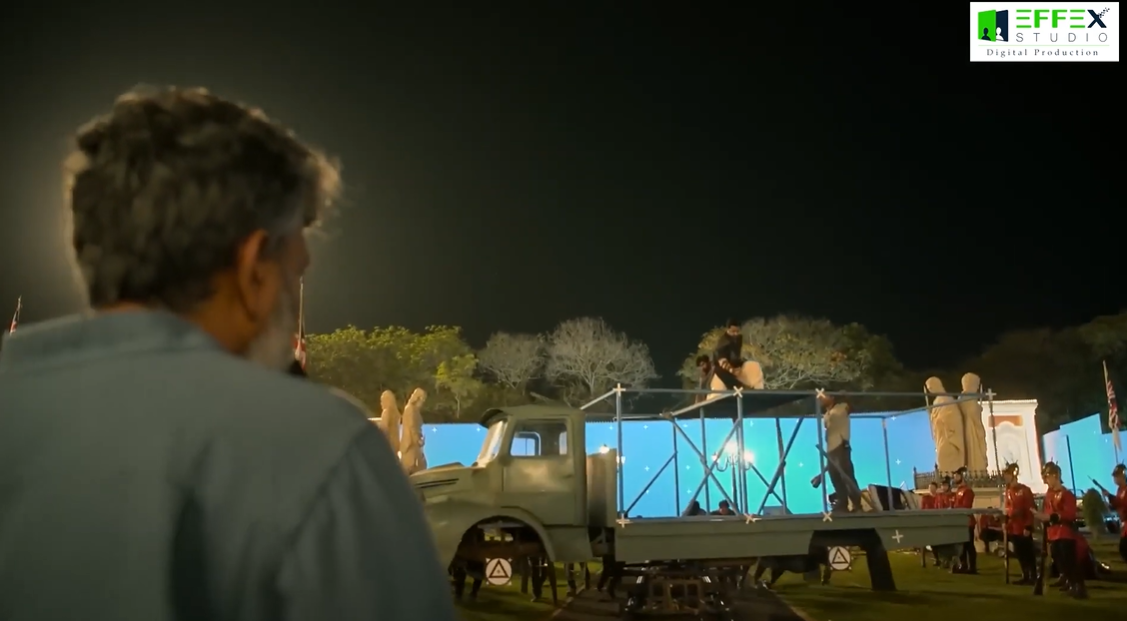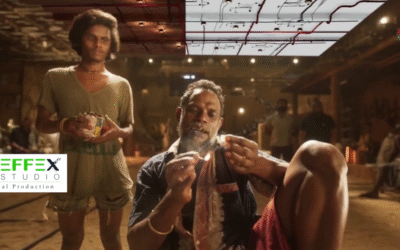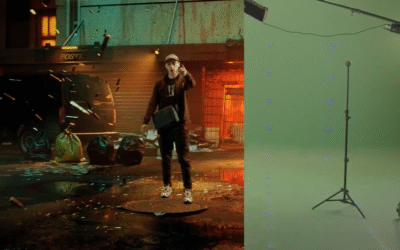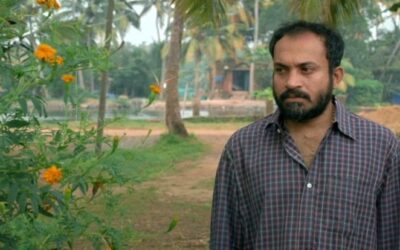Background
Telugu cinema, popularly known as Tollywood, thrives on powerful storytelling that blends mass entertainment with emotional impact. With its tradition of striking visuals, iconic music, and fast-paced action, Telugu films often shift across genres within a single narrative. A recent film produced by a renowned Hyderabad-based studio brought together six pivotal scenes—a vibrant song, a stylized fight, a shocking accident, an intense family drama, a comic classroom sequence, and a courtroom climax. The movie post production team played a critical role in uniting these diverse tones into a coherent cinematic experience.
Project Overview
The story followed a civil engineering student turned whistleblower who exposes a life-threatening construction scam. His evolution from carefree student to a driven reformer involved sharp tonal shifts that needed clarity in editing, audio, and visual design. The production used RED V-Raptor cameras with Steadicam and drone units for dynamic movement. Post-production was completed using Adobe Premiere Pro for editing, Fusion and After Effects for VFX, and Pro Tools for immersive 5.1 surround audio mixing.
Key scenes:
- Song: Shot at a hilltop fort during a college trip
- Fight: Set in a live metro construction zone
- Accident: Depicted a collapsing flyover in monsoon weather
- Dialogue: Focused on a family confrontation at home
- Comedy: Played out in a classroom with witty improvisation
- Climax: A courtroom showdown exposing corruption
Key Challenges and Solutions
The song scene was hampered by unpredictable natural lighting across three days. In post, editors applied sky replacement, consistent color grading, and added lens flares and confetti particle FX. Choreographed dance segments were time-mapped to a Telugu fusion track for fluid visual rhythm.
The fight sequence, shot amidst real construction activity, posed safety and logistics issues. VFX added animated steel girders, dust clouds, and bending rebar to enhance danger. The foley team layered sounds of dragging metal, heavy boots, and labored breathing for realism.
The accident scene combined green screen elements, crowd close-ups, and CG flyover collapse simulations into a unified shot. Colorists used a cold blue palette to heighten chaos, while sound designers added thunderclaps, rain sheets, and screaming pedestrians to intensify tension.
For the family drama scene, editors retained raw audio and used subtle camera zooms to draw focus during silences. Background ambience—ceiling fans, clocks, and a pressure cooker hiss—created an authentic domestic soundbed.
The comedy scene was single-shot but enhanced in post with punch-in zooms, chalkboard scribble animations, and carefully placed reaction cuts. Sound editors sweetened laughter and added playful percussion to lift comedic beats.
The climax, filmed in a real courtroom, demanded multi-angle edits to handle cross-dialogue. Editors layered flashback overlays, added echo filters for dramatic emphasis, and muted music during the final gavel strike for maximum emotional weight.
Outcomes and Impact
The film’s release drew praise for its cohesive flow and technical finesse. Viewers highlighted how the movie post production held together action, emotion, and humor without tonal dissonance. The accident and courtroom scenes were especially applauded for their sound design and visual integration.
On OTT platforms, the film gained further appreciation for its audio detailing. The song sequence became a regional chart-topper, while the fight scene went viral for its grounded visual style.
Learnings and Best Practices
• Advanced color grading and sky replacement can resolve outdoor lighting issues
• Layered environmental sound design adds realism to emotional scenes
• Plate compositing is essential for CG-practical fusion in action scenes
• Zoom-ins and reaction shots elevate single-frame comedy setups
• Muted audio, echo, and flashbacks amplify courtroom drama
• Scene sequencing must protect the emotional arc despite genre shifts
Conclusion
Telugu movie post production is more than technical polish—it is a storytelling art. Whether amplifying tension in a fight or drawing emotion from silence, every edit, sound effect, and color choice shapes audience perception. This case study illustrates how thoughtful post-production unites diverse cinematic tones into a single, emotionally resonant journey.



